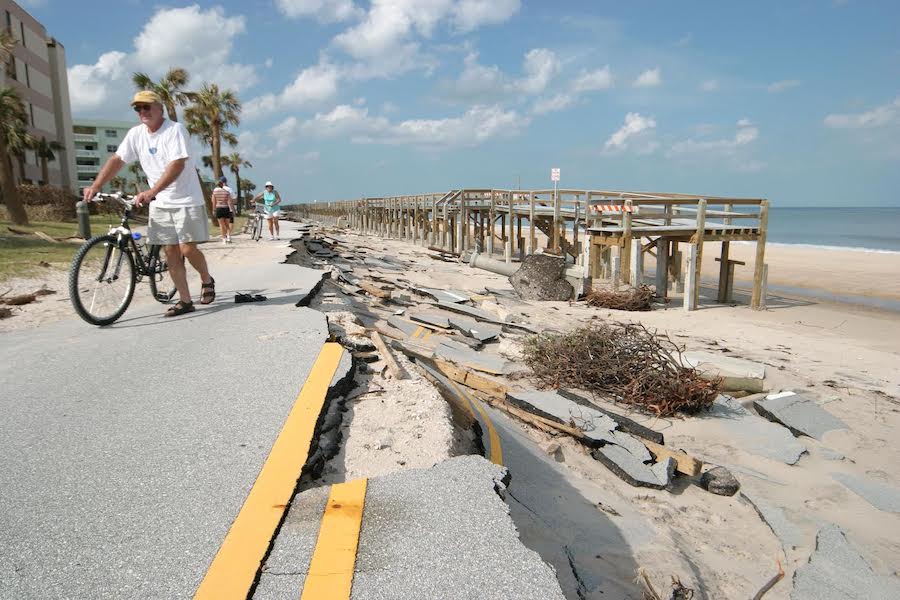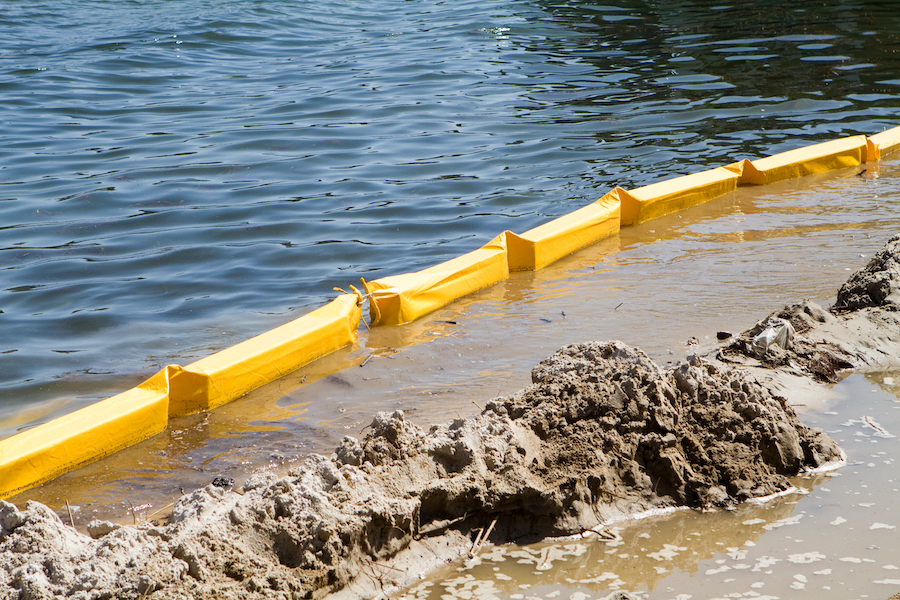The smart Trick of Shore Protect Team That Nobody is Discussing
The 30-Second Trick For Shore Protect Team
Table of Contents7 Simple Techniques For Shore Protect TeamGet This Report about Shore Protect TeamThe smart Trick of Shore Protect Team That Nobody is DiscussingHow Shore Protect Team can Save You Time, Stress, and Money.Shore Protect Team Can Be Fun For AnyoneAn Unbiased View of Shore Protect TeamThe smart Trick of Shore Protect Team That Nobody is Talking About
Decrease in residential property value: As the area tourist is influenced by erosion, so then is the economic climate. Buyers are much less likely to search for a beach residence that could be ruined at any moment by the impending flooding and disintegration emergency situation. Subsequently, residential or commercial property worth can drop immensely and impact the whole area.Whether a beach is just small and congested or has to shut totally for the safety and security of the environment and neighboring homes, this considerably influences tourism. Consequently, neighborhood economic climates are influenced (http://locals101.com/directory/listingdisplay.aspx?lid=94496). Threat of injury: The raised danger of flooding and structural failures causes a raised threat of injury to nearby travelers and area participants

is home to greater than 84,240 miles of coastline with 41% of it subjected to the open ocean. Coastal designers are in cost of safeguarding the coastline against modifications by decreasing the damaging impacts of both natural and man-made occurrences. Shoreline stabilization is directly pertaining to their work. Waterfront resorts: Because shoreline disintegration impacts tourism, it affects the success of beachfront resorts.
Shore Protect Team for Dummies
Coastal business services: No vacationers means no service. Coastal state parks: State parks that exist along shorelines are at risk of damages.
Soft stablizing is a much better service for the setting and even more sustainable overall. Difficult stabilization makes use of man-made frameworks as protection to manage disintegration. Typically, these frameworks are installed at best angles or alongside quit sand motion and minimize the force of waves. Many kinds of tough stabilization like seawalls and sheet steel are not ideal for shoreline stablizing.
Not known Details About Shore Protect Team
There's also not nearly enough evidence of their efficiency depending upon the sort of shoreline and regional conditions. Hard stabilization strategies often tend to be harder to install and don't match the natural aesthetic, standing out like a sore thumb and harming local ecosystems in numerous scenarios. Coastline nutrients is the process of adding shed sand and sediment back to coastlines after erosion has actually happened.
TrapBags aid in the process of beach nutrients by safeguarding all-natural environments and permitting plants to grow. While this process can be pricey and is not long-term, the pros have a tendency to surpass the cons. TrapBag obstacles deal several residential or commercial properties that make them perfect for seaside and riverbank erosion security. They're: Ecologically friendly: You can make use of indigenous soil both to surround and to load the TrapBags.

Shore Protect Team - The Facts
Easy to mount: Reduce of installment indicates TrapBags can be released promptly in case of an emergency situation. They can also be installed without any heavy equipment. Economical: TrapBags are optimal for both small and huge areas of coastline. They supply a budget-friendly remedy to cover jobs of any dimension.
Incorporated with a high building expense, this has caused enhancing usage of various other soft engineering seaside administration choices such as beach replenishment. Seawalls are created from numerous materials, the majority of typically enhanced concrete, stones, steel, or gabions. Various other possible building and construction products include plastic, timber, light weight aluminum, fiberglass composite, and naturally degradable sandbags made of hemp and coir. The suitable seawall layout depends on location-specific aspects, including bordering erosion procedures. There are 3 primary kinds of seawalls: vertical, bent, stepped, and mounds (see table below). A report published by the United Nations Atmosphere Program (UNEP) suggests that the tsunami of 26 December 2004 triggered less damage in the locations where all-natural barriers existed, such as mangroves, coral reefs or coastal greenery.
Natural barriers, such as coral reefs and mangrove forests, avoid the spread of tsunamis and the circulation of coastal waters and minimized the flooding and rise of water. A cost-benefit method is an effective way to figure out whether a seawall is suitable and whether the benefits deserve the expense.
Top Guidelines Of Shore Protect Team
A seawall is a fixed feature which can contravene the dynamic nature of the coastline and restrain the exchange of debris in between land and sea. The table listed below summarizes some positive and adverse effects of seawalls which can be utilized when contrasting their performance with other coastal monitoring options, such as coastline nourishment. [] Advantages and disadvantages of seawalls according to Short (1999) Benefits Disadvantages Lengthy term option in contrast to soft coastline nutrition.

This can trigger coastlines to dissipate, making them useless for beach goers. Typically, seawalls can be an effective way to control seaside erosion, however only if they are built well and out of products that can hold up against the pressure of recurring wave energy. Some understanding is needed of the coastal processes and morphodynamics certain to the seawall location.
The 3-Minute Rule for Shore Protect Team
Combined with a high building expense, this has resulted in enhancing use of other soft engineering seaside monitoring alternatives such as beach replenishment. Seawalls are created from numerous materials, the majority of commonly enhanced concrete, rocks, steel, or gabions. Other possible construction materials include vinyl, wood, light weight aluminum, fiberglass composite, and biodegradable sandbags constructed from jute and coir. The proper seawall style counts on location-specific elements, including bordering erosion processes. There are three major kinds of seawalls: upright, curved, tipped, and mounds (see table listed below).
Natural obstacles, such as coral reefs and mangrove woodlands, prevent the spread of tsunamis and the circulation of coastal waters and reduced the flooding and rise of water. A cost-benefit strategy is an efficient means to determine whether a seawall is suitable and whether the benefits are worth the cost.
What Does Shore Protect Team Mean?
A seawall is a fixed attribute which can contrast with the dynamic nature of the coastline and hamper the exchange of sediment in between land and sea. Benefits and disadvantages of seawalls according to Short (1999) Advantages Negative aspects Long term option in contrast to soft coastline sustenance.

This can cause beaches to dissipate, providing them useless for beach goers. Typically, seawalls can be an effective way to control seaside erosion, yet only if they are constructed well and out of products that can endure the force of ongoing wave energy.